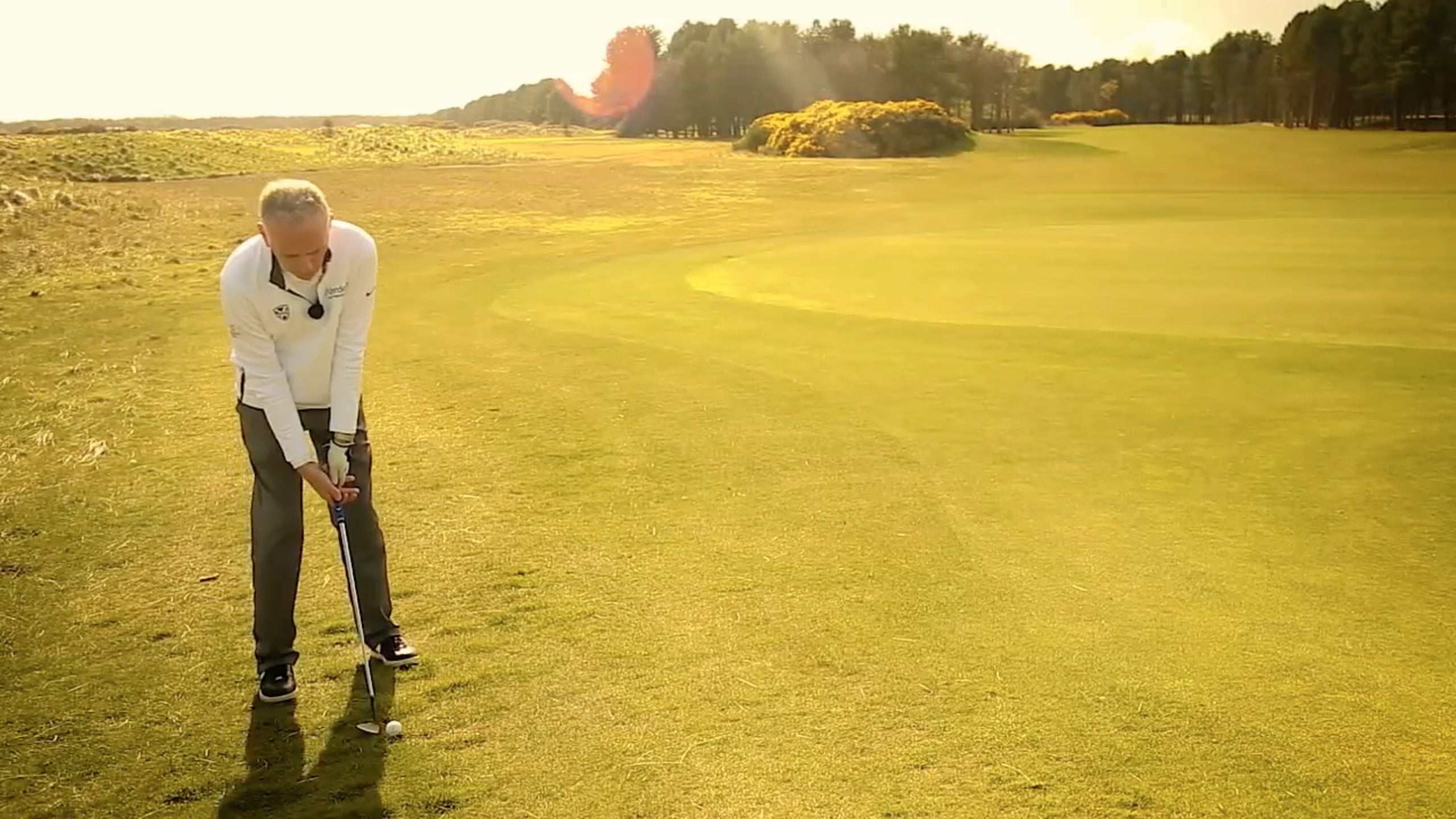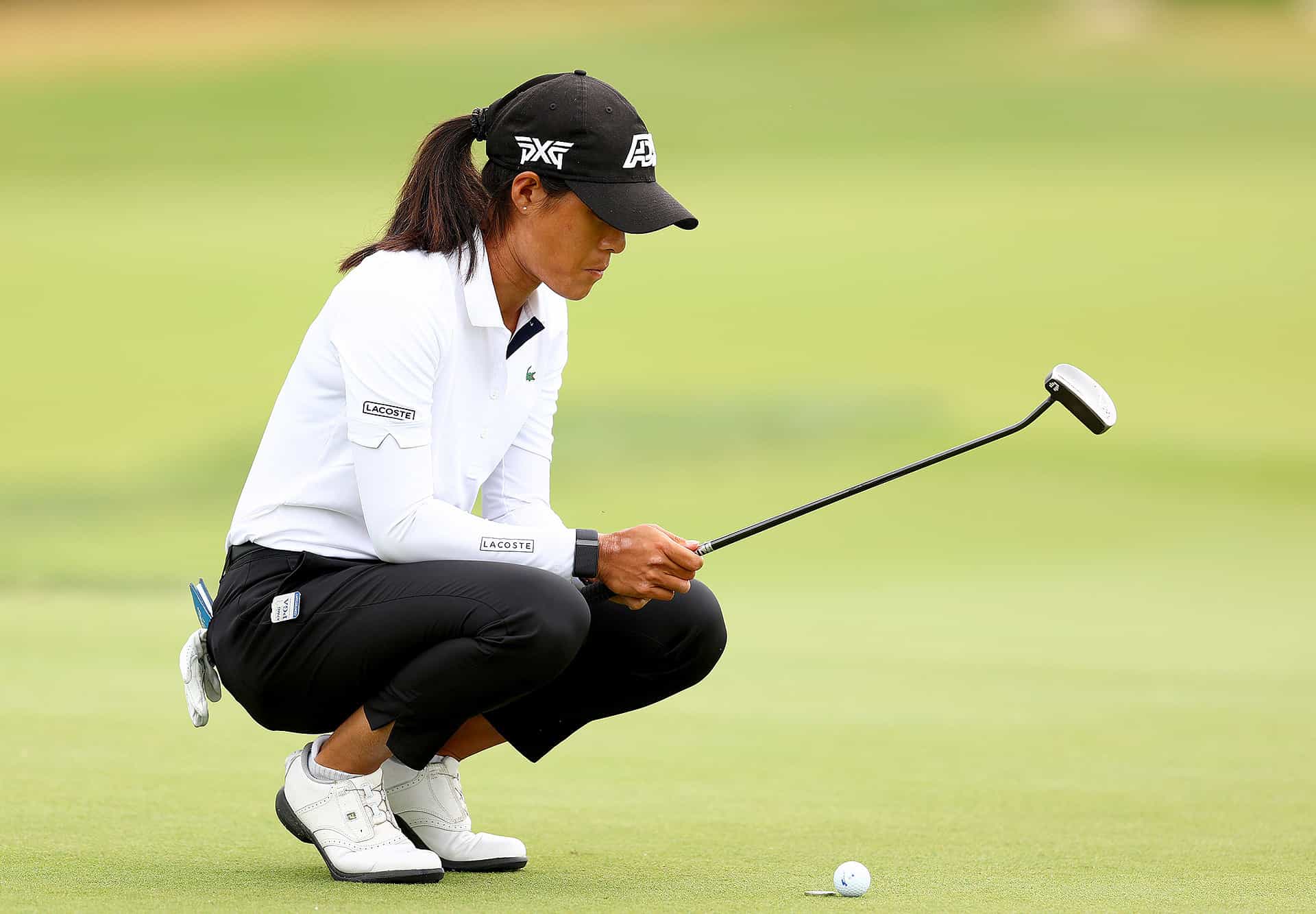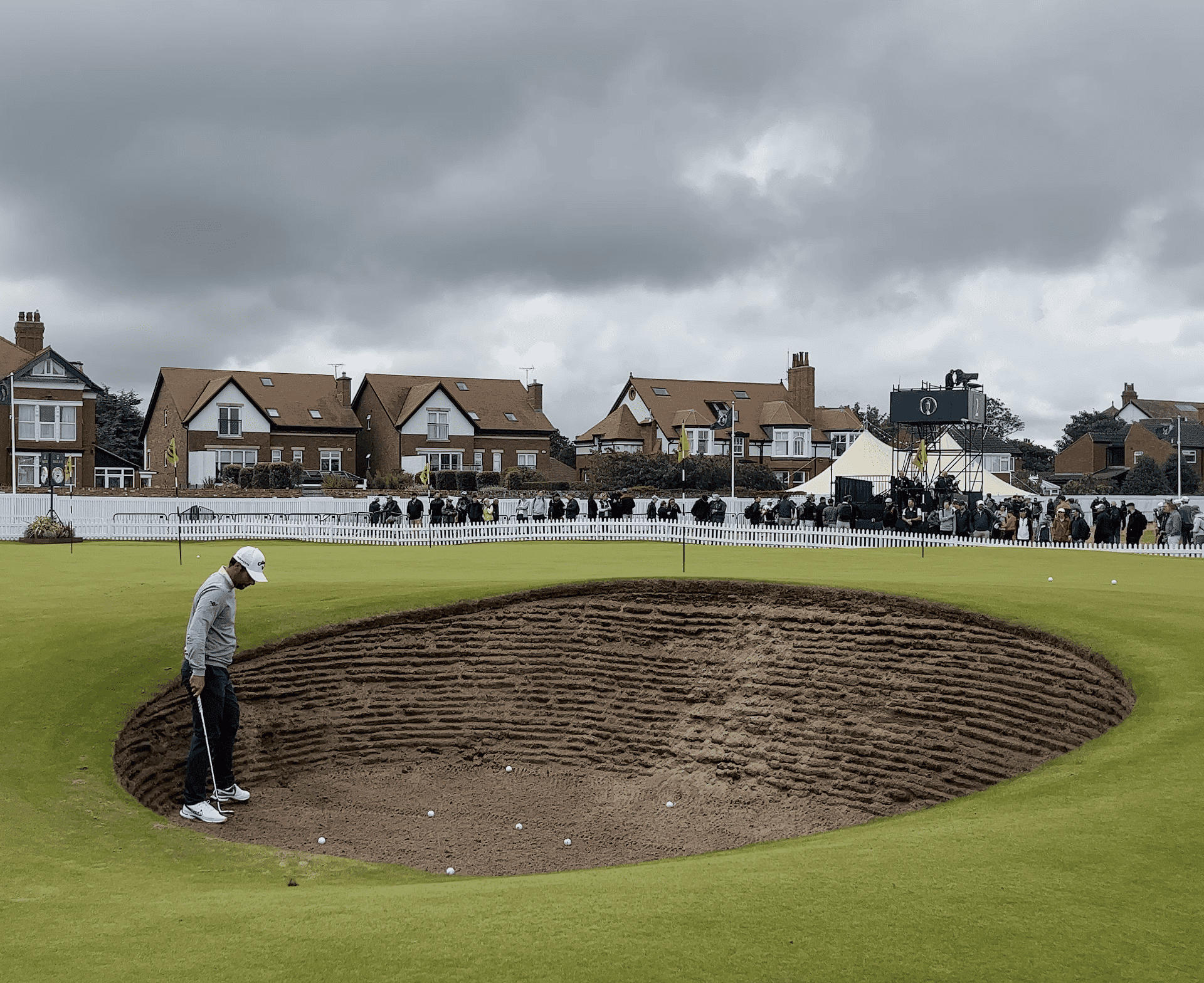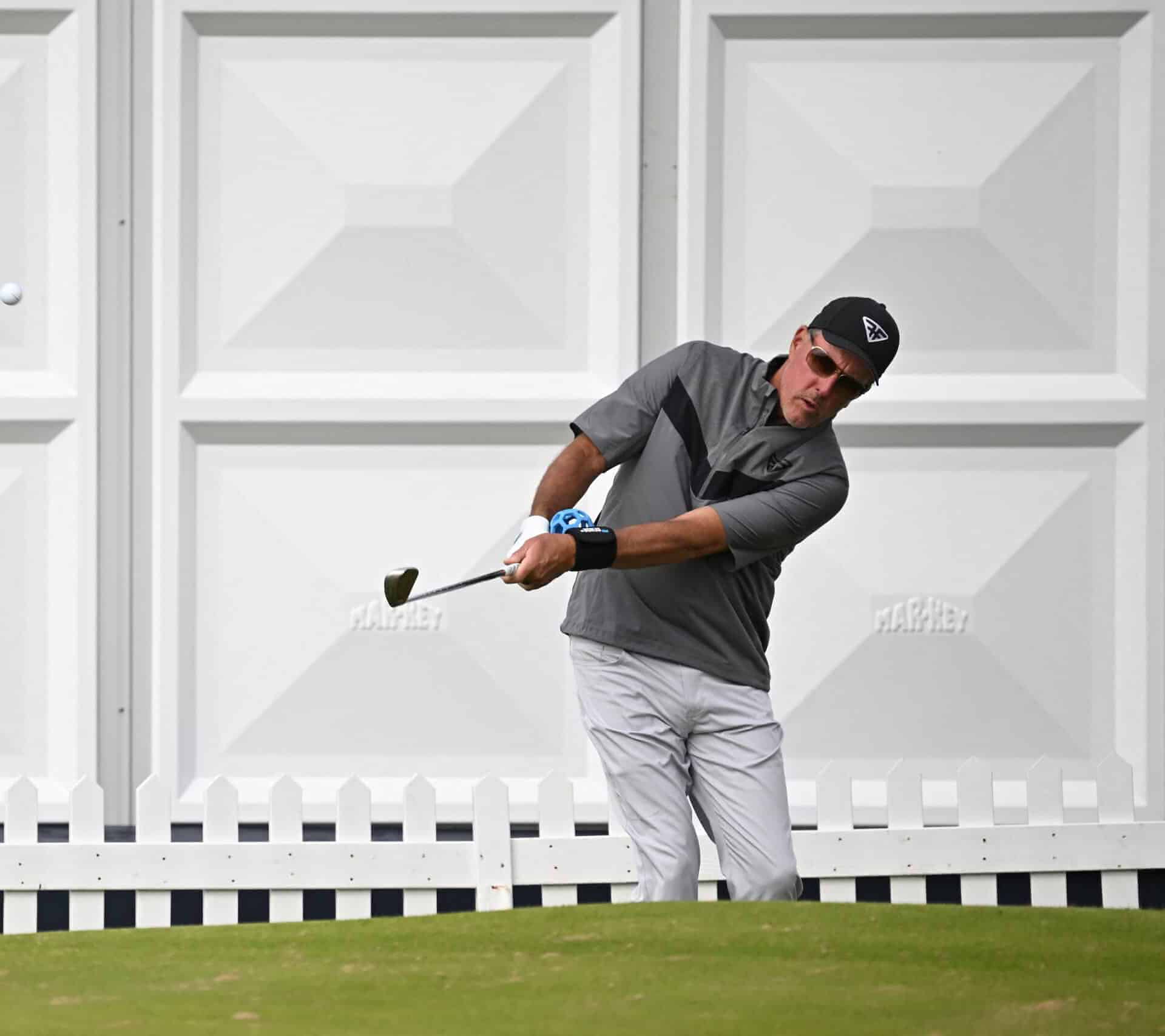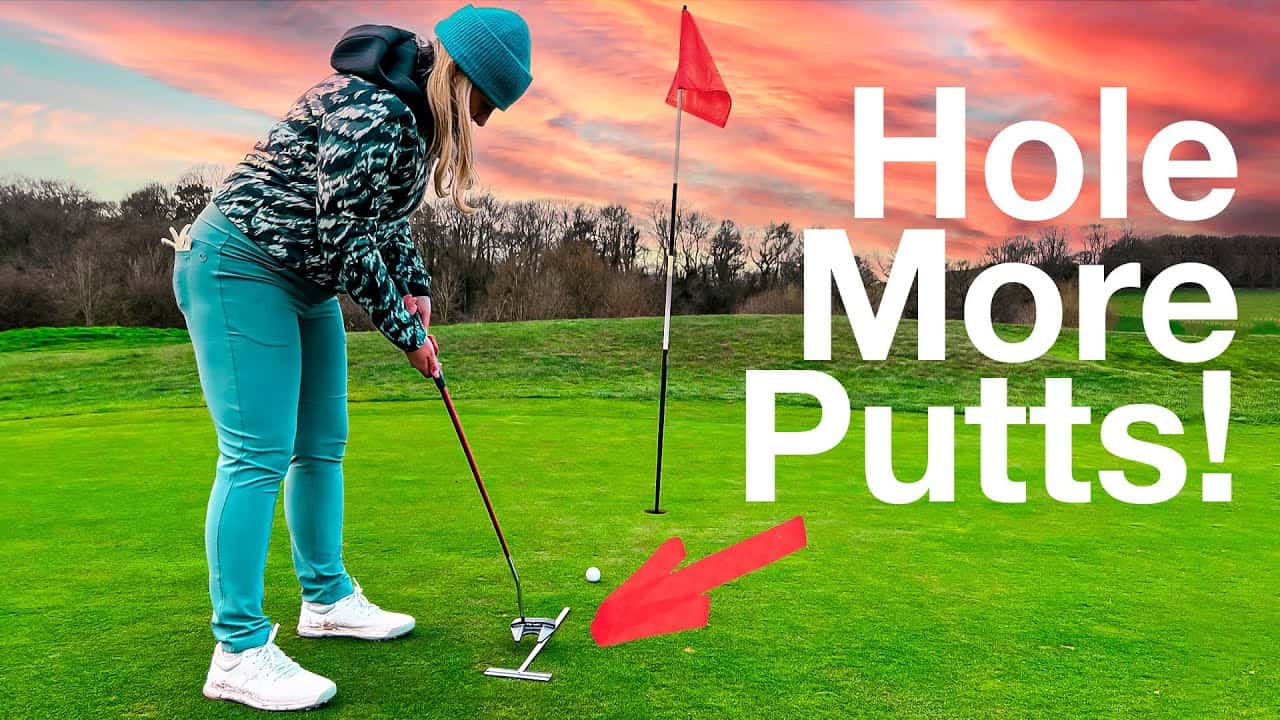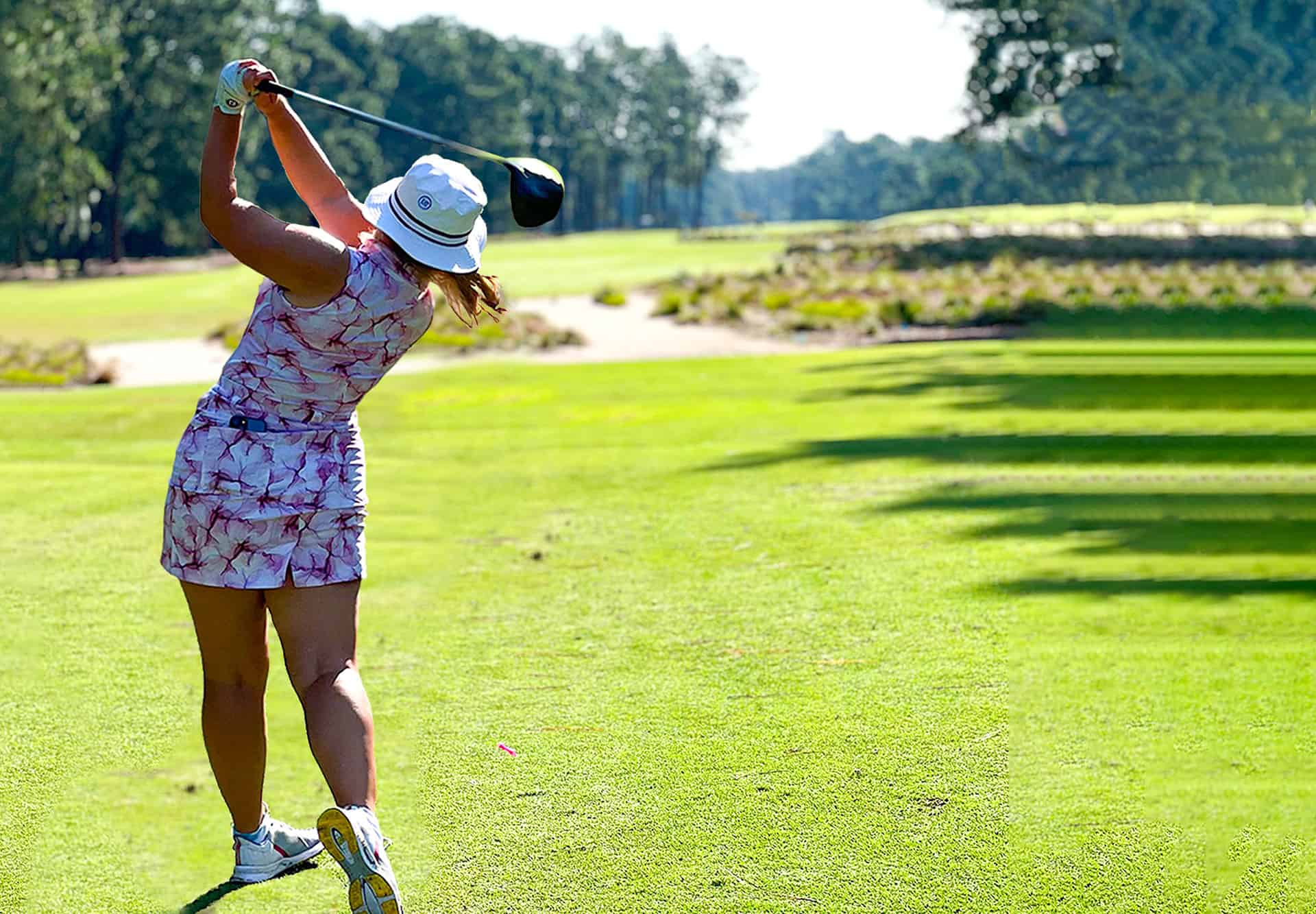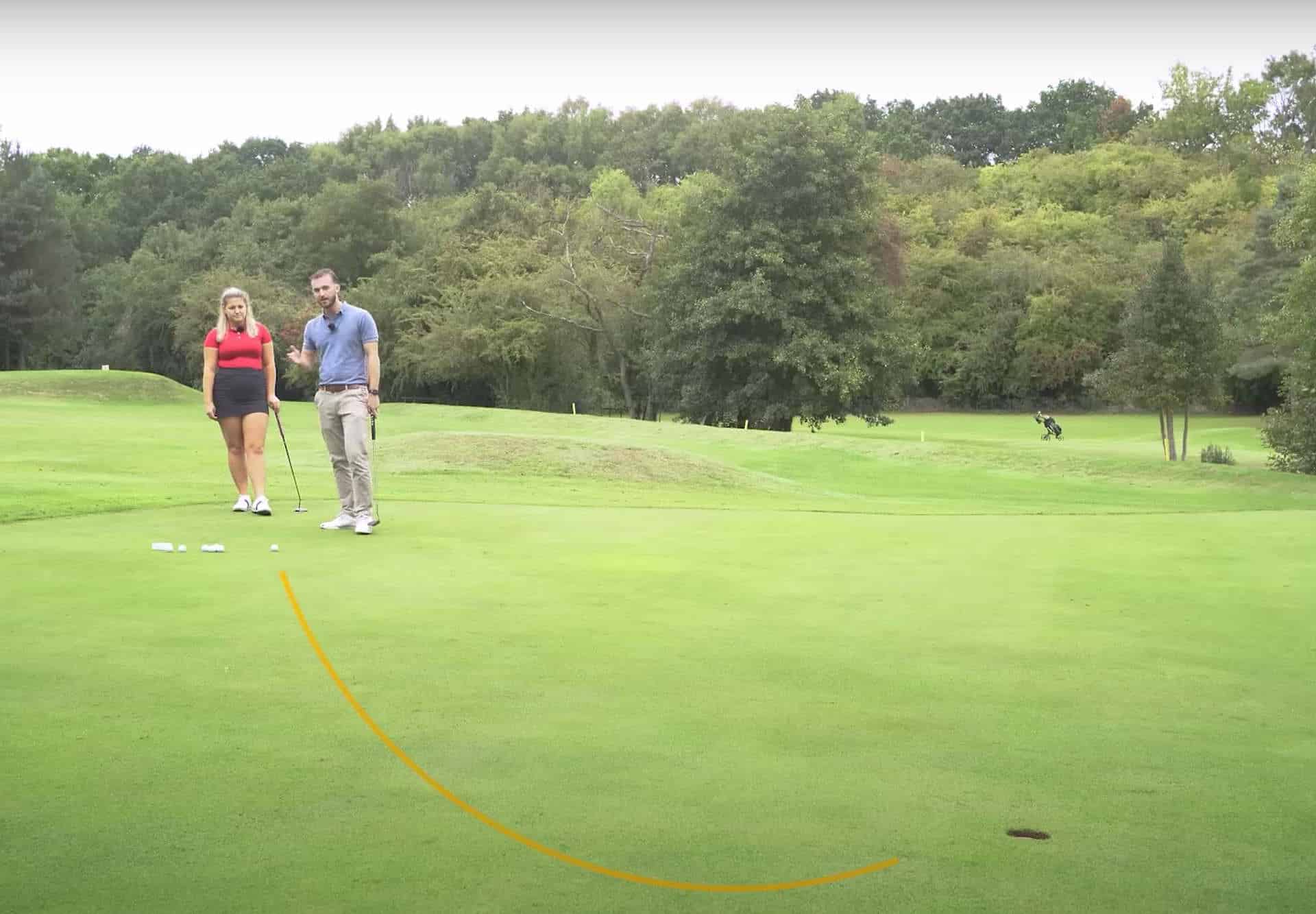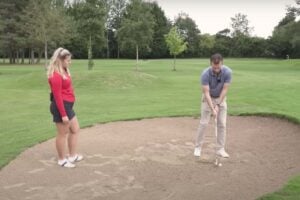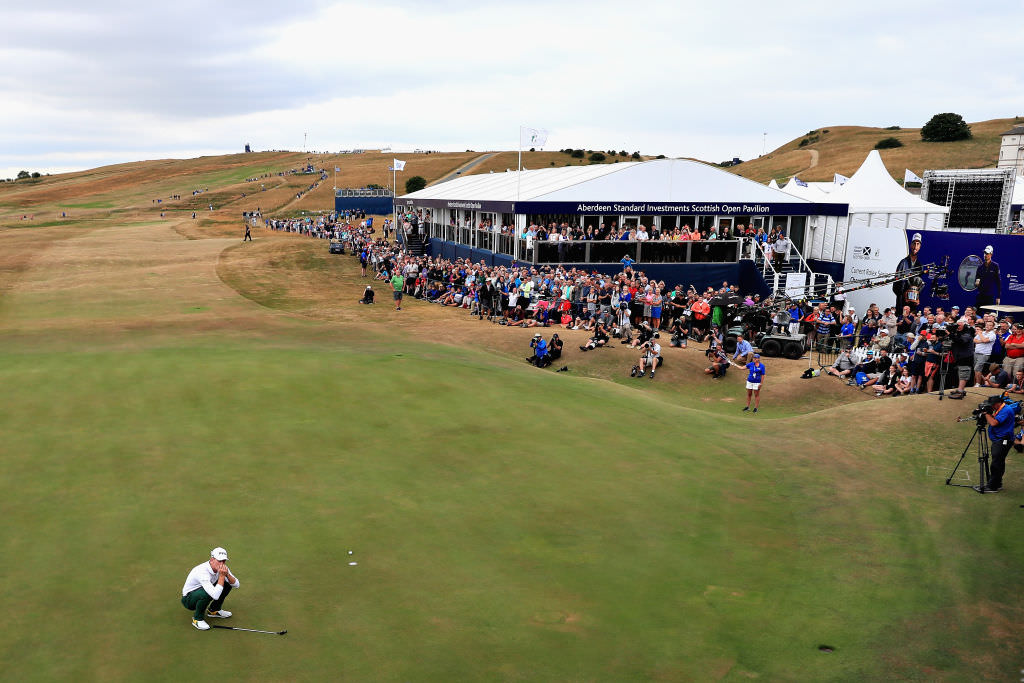
Why getting the right line isn’t the most important aspect of putting
When it comes to putting, which is more important, line or pace?
This is a question we ask every golfer we work with on their putting. After a bit of deliberation, virtually everyone agrees that pace takes top spot as pace determines line.
So why is it that once we get out on the golf course, as soon as we step on to the greens our attention turns to line?
When you hit your tee shot down the fairway on any given hole, once you get to your ball, the first thing you want to know is how far you have to the green and/or the hole. Makes perfect sense, doesn’t it? However, once we cross the border from fairway to green, all that goes out the window and we starting “reading the line”.
Unless you have an idea of how long the putt is and if it is uphill, downhill and how fast the greens are, how on earth can you pick a line?
In our book, The Lost Art Of Putting, Karl Morris and I talk a lot about line and pace and reading greens. In fact, we devote an entire chapter to both.
Struggling on the greens this weekend??
The Lost Art of Putting by @GaryNicol67 and @Karl_Morris will transform your game and help you hole more putts
Rated 5⭐️ on Amazon
Buy here?? https://t.co/uZn8uKQDQp pic.twitter.com/aCtHzXE0oA
— The Lost Art of Putting (@LostArtPutting) August 11, 2018
It is our contention that pace determines the line. In fact we would go so far as to say that without the correct or appropriate pace, the line does not or cannot exist. Pace gives you options on line, whereas line limits you to one pace, perfect pace. How do you fancy your chances with that?
We saw a fantastic example of that when eventual winner of the Scottish Open Brandon Stone curled in a 40 foot eagle putt on the 16th green en route to shooting a final round of 60.
The Sky coverage showed an overlay graphic of his options on line which varied from relatively straight to almost 10 feet of break, depending on the pace he hit it. Stone chose the latter and the ball dropped in the front edge with just enough pace for gravity to take it’s course.
For the ball to go into the hole, which is our ultimate aim, the ball has to have a relationship with momentum and gravity. The diagram below shows that the effective size of the hole changes according to the pace of the putt you hit, therefore making pace your number one priority if you are to experience any kind of success on the greens.

How often have you hit a 15 foot putt that is travelling bang on line only to come up two feet short or trundle three feet past? If you are like most golfers, your immediate reaction will be along the lines of, “That was such a good putt, I just didn’t quite get the pace right.” Because we tend to relate our putts to the line we hit it on, we console ourselves that it was indeed a good putt, apart from the pace.
However, if you were to miss the same 15-foot putt by two feet to the left or three feet left of the hole, you would probably be disgusted with yourself. Why? Again because you are relating the outcome of your putts to line rather than pace.
We’re not saying that line isn’t important, of course it is but the next time you go to the putting green or out on the golf course, pay more attention to pace and you’ll find that not only will your distance control improve, chances are your line will too as a direct result.
Get the pace right and those enormously frustrating three putts will soon be a thing of the past and you might just start holing a few more birdie putts as well.
The Lost Art of Putting
The Lost Art of Putting, by Karl Morris and Gary Nicol and featuring a foreword from 1999 Open champion Paul Lawrie, is available in hardback and for Kindle from Amazon in the UK and US.
You can also follow The Lost Art of Putting on Twitter and Facebook.
About the authors
Gary Nicol turned professional in 1988. Since then, he has travelled the world coaching golfers of all standards from weekend players to tour tour pros including Ryder Cup stars, Olympians, and major champions. Gary is a certified TrackMan Master and Mind Factor coach and is based at Archerfield on Scotland’s Golf Coast. You can visit Gary’s website and follow him on Twitter.
Karl Morris has been involved in performance coaching for more than 30 years. In that time he has worked with multiple major champions in golf, Ashes-winning captains in cricket, as well as Premier League and international footballers. His passion has always been to make mental game coaching both practical and applicable. You can visit Karl’s website and follow him on Twitter.
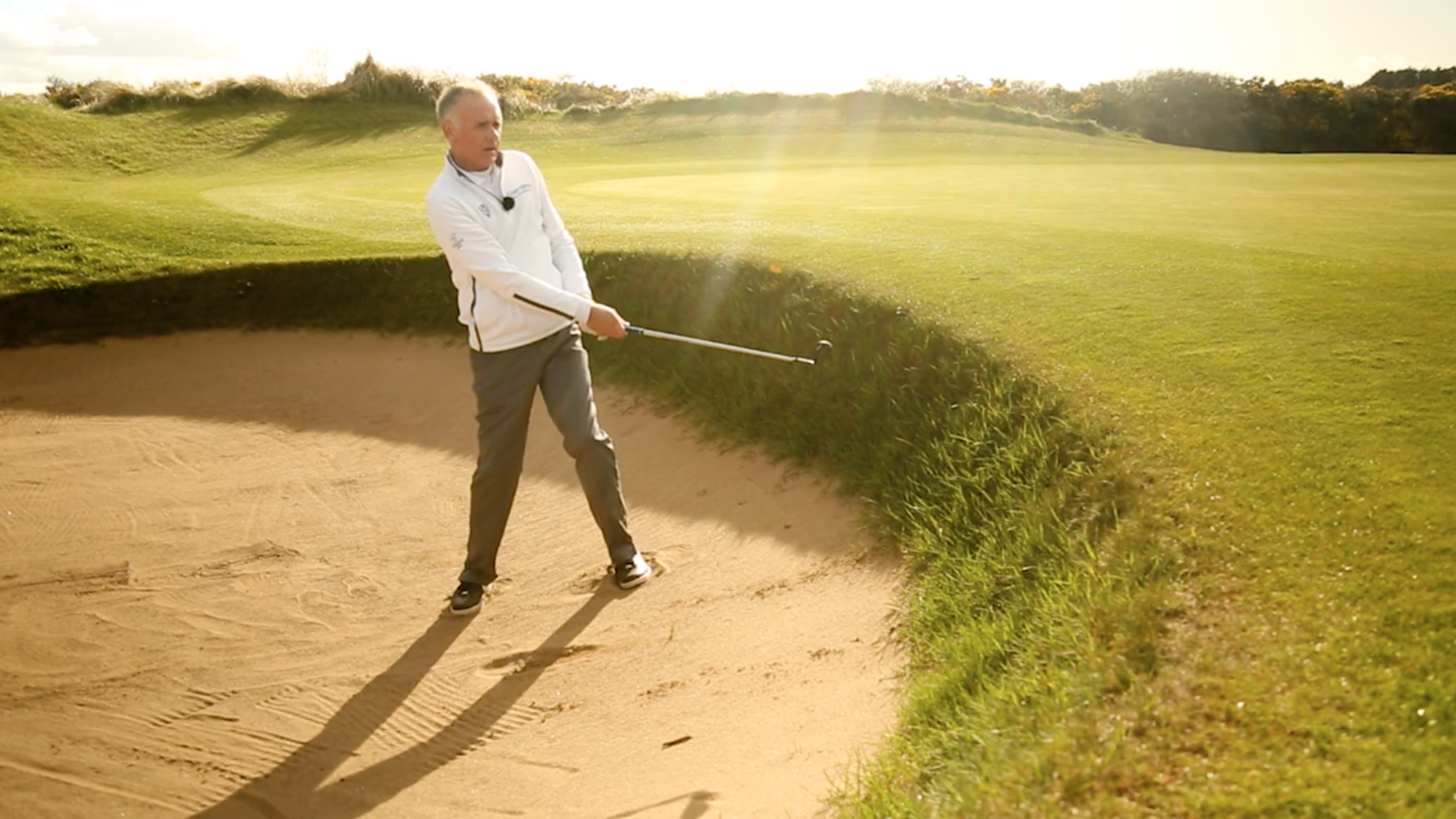
Gary Nicol’s short game secrets: Uphill lie in a bunker
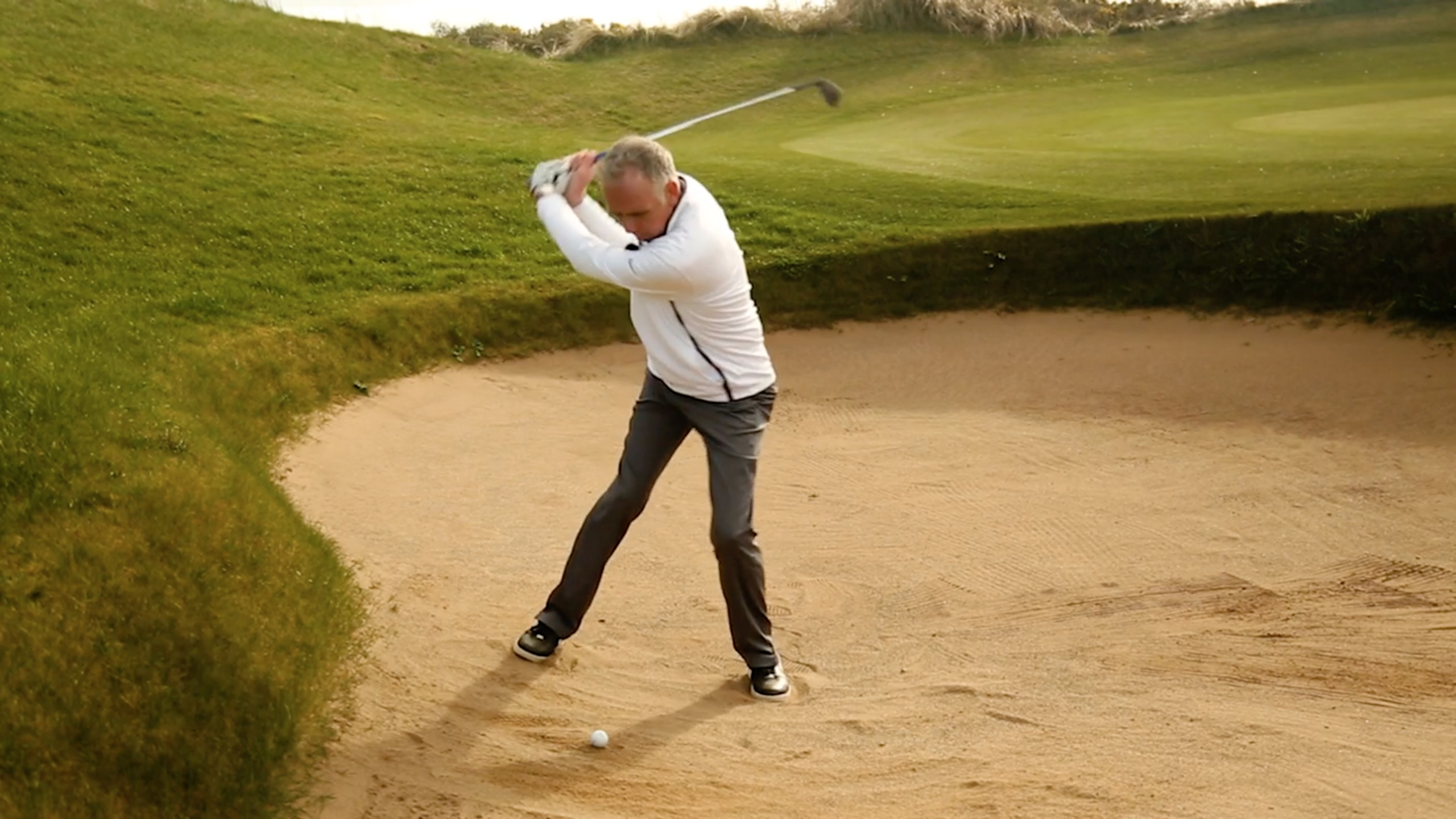
Gary Nicol’s short game secrets: Downhill lie in a bunker
